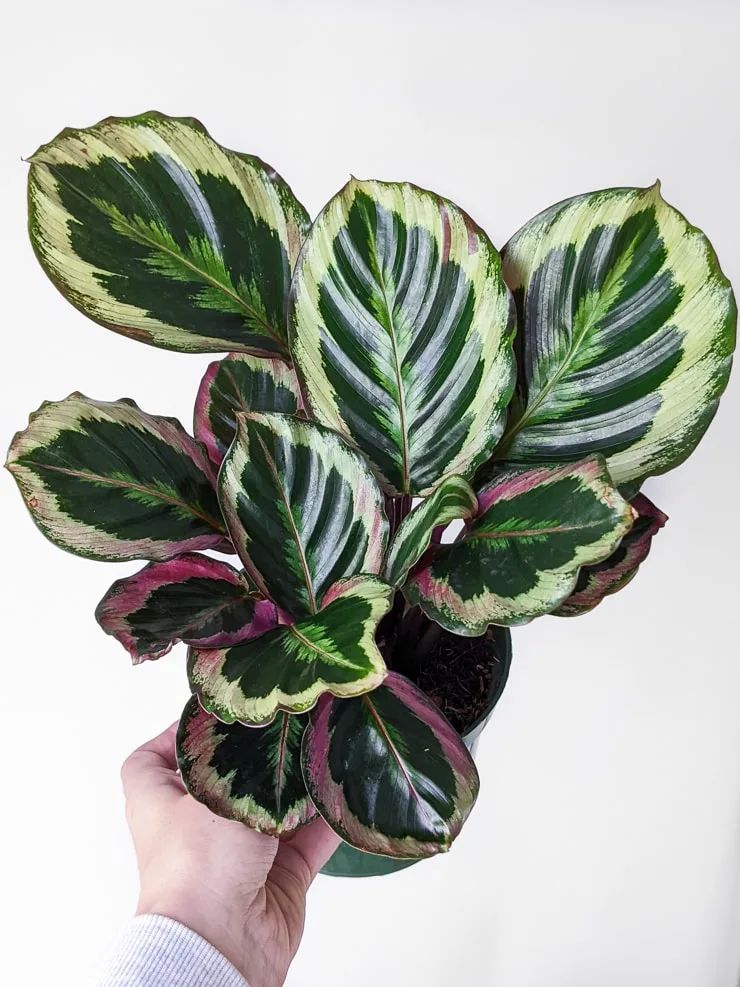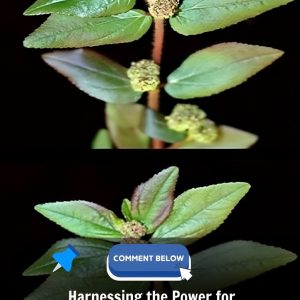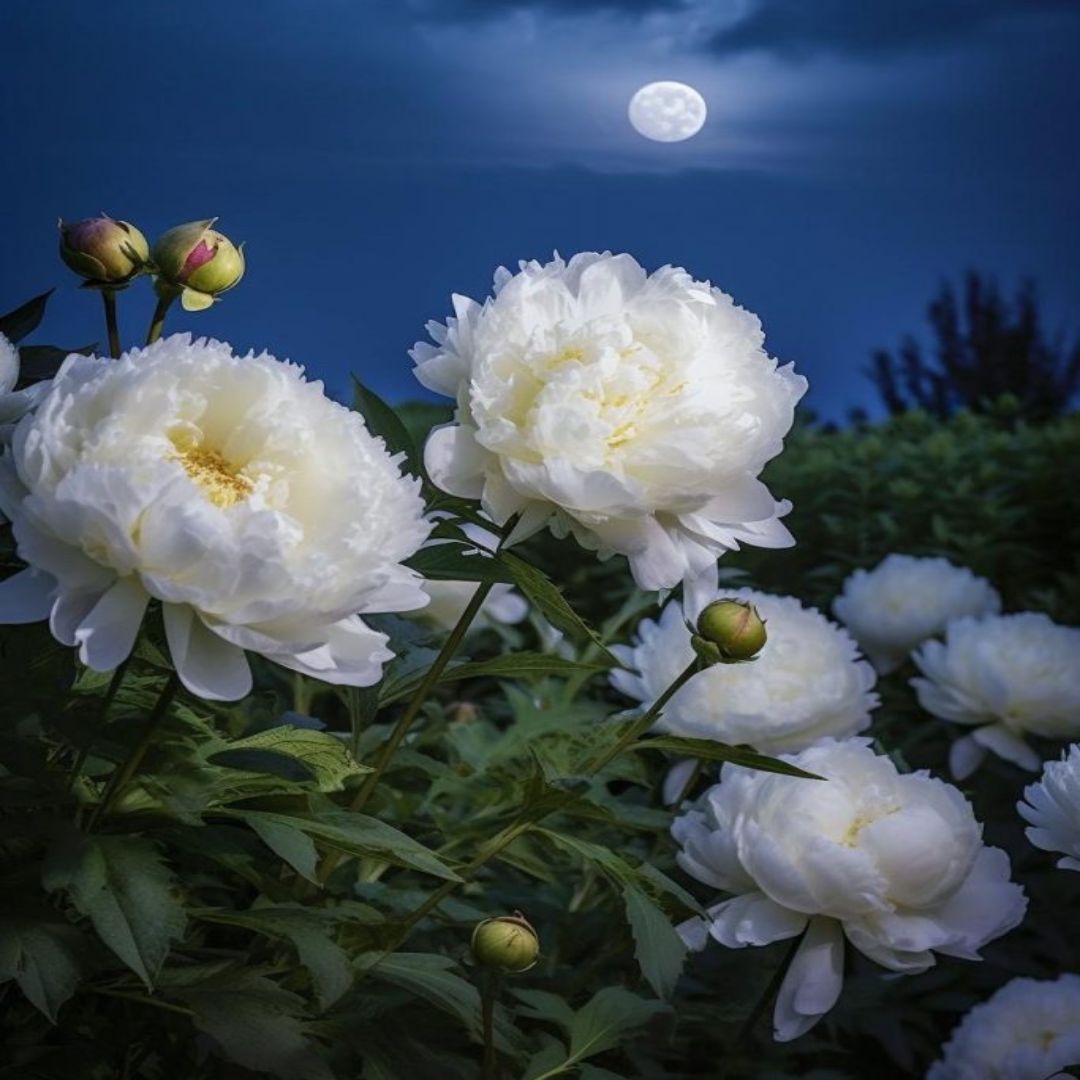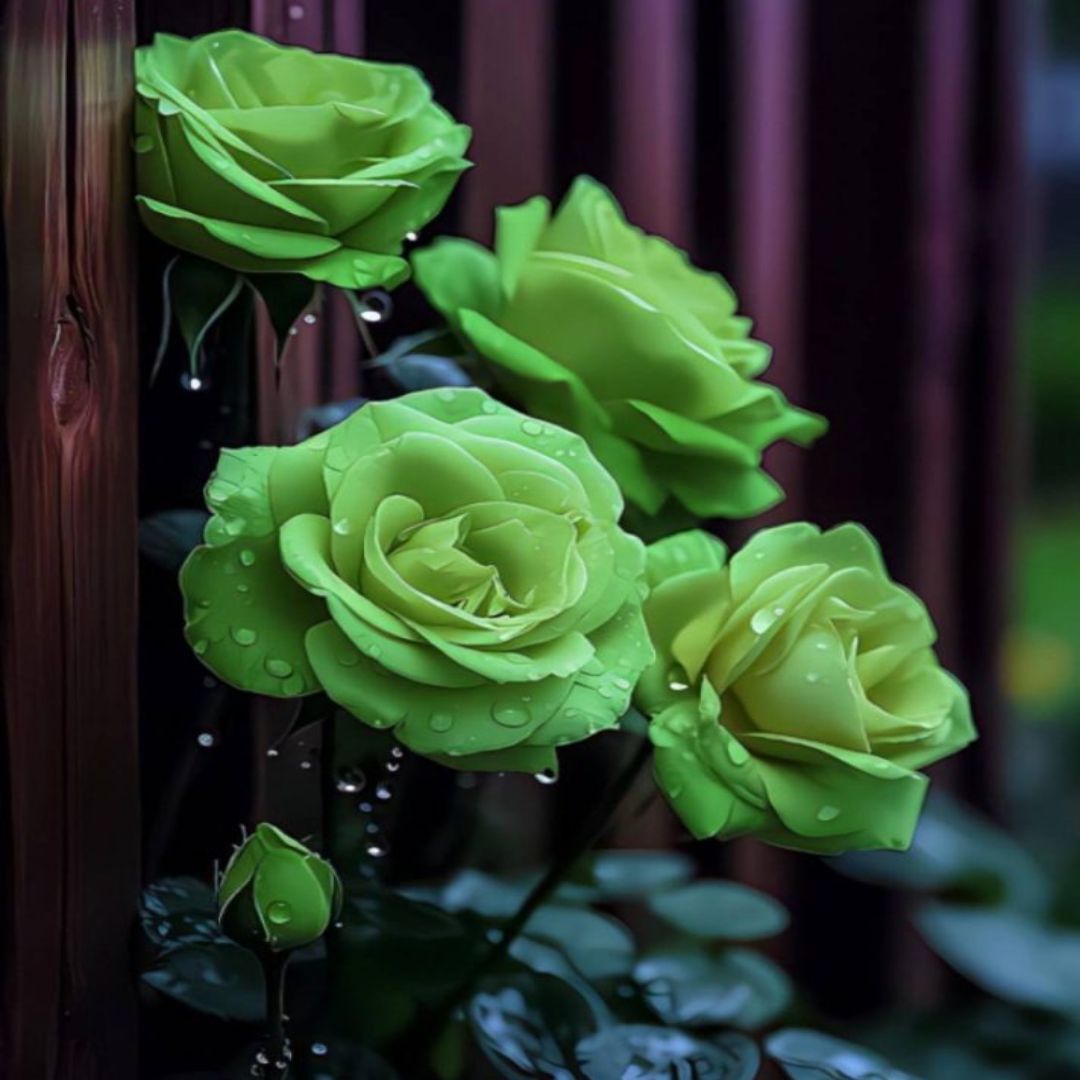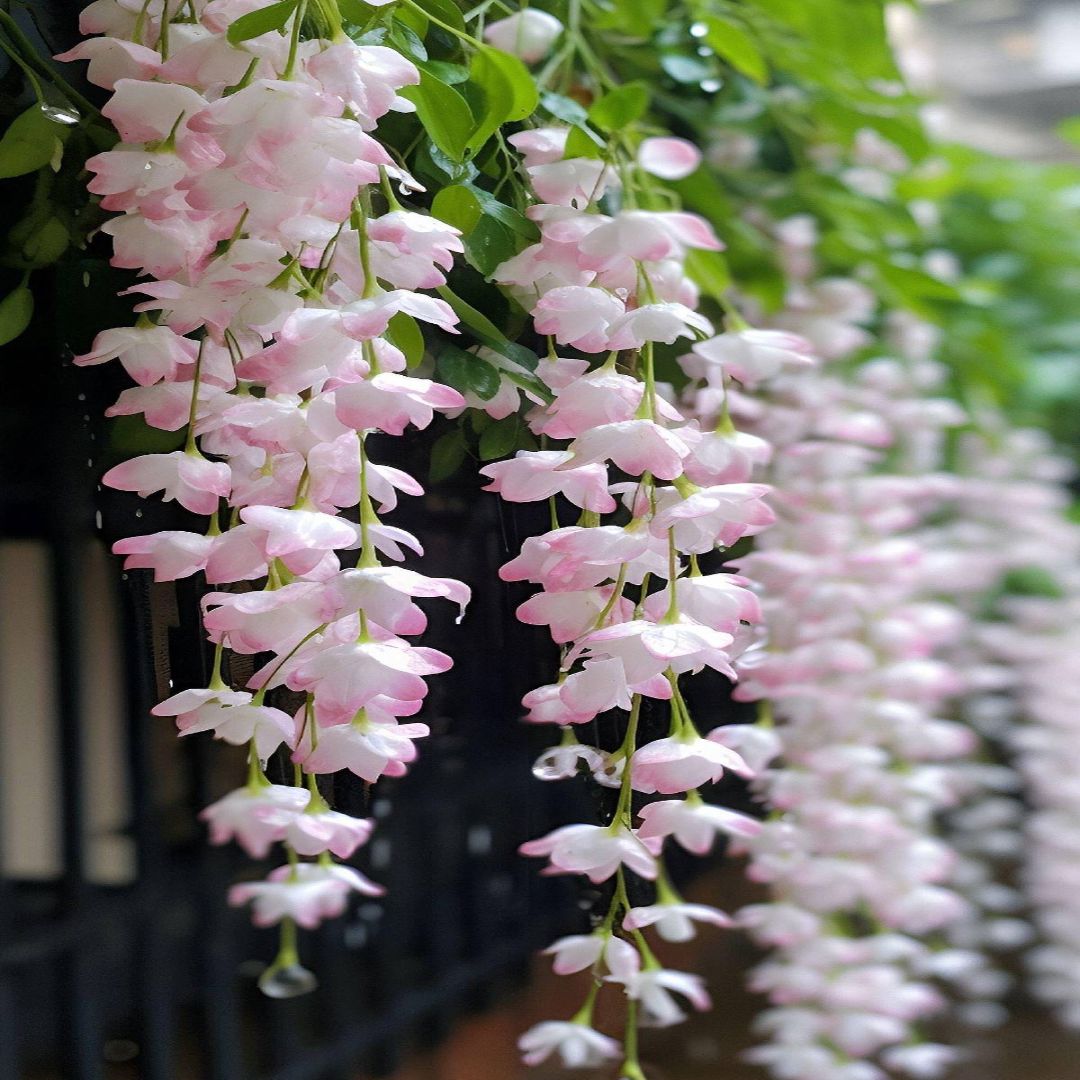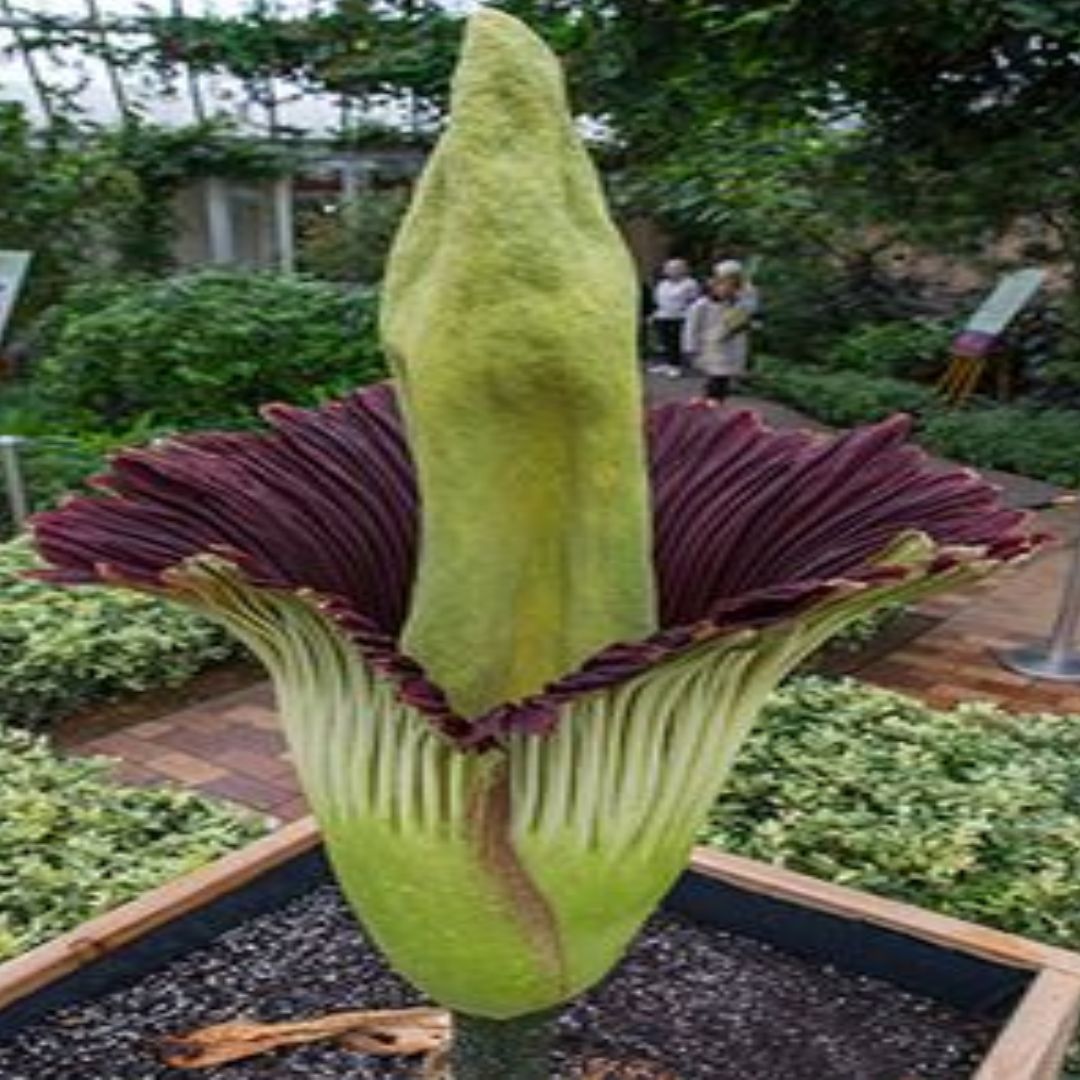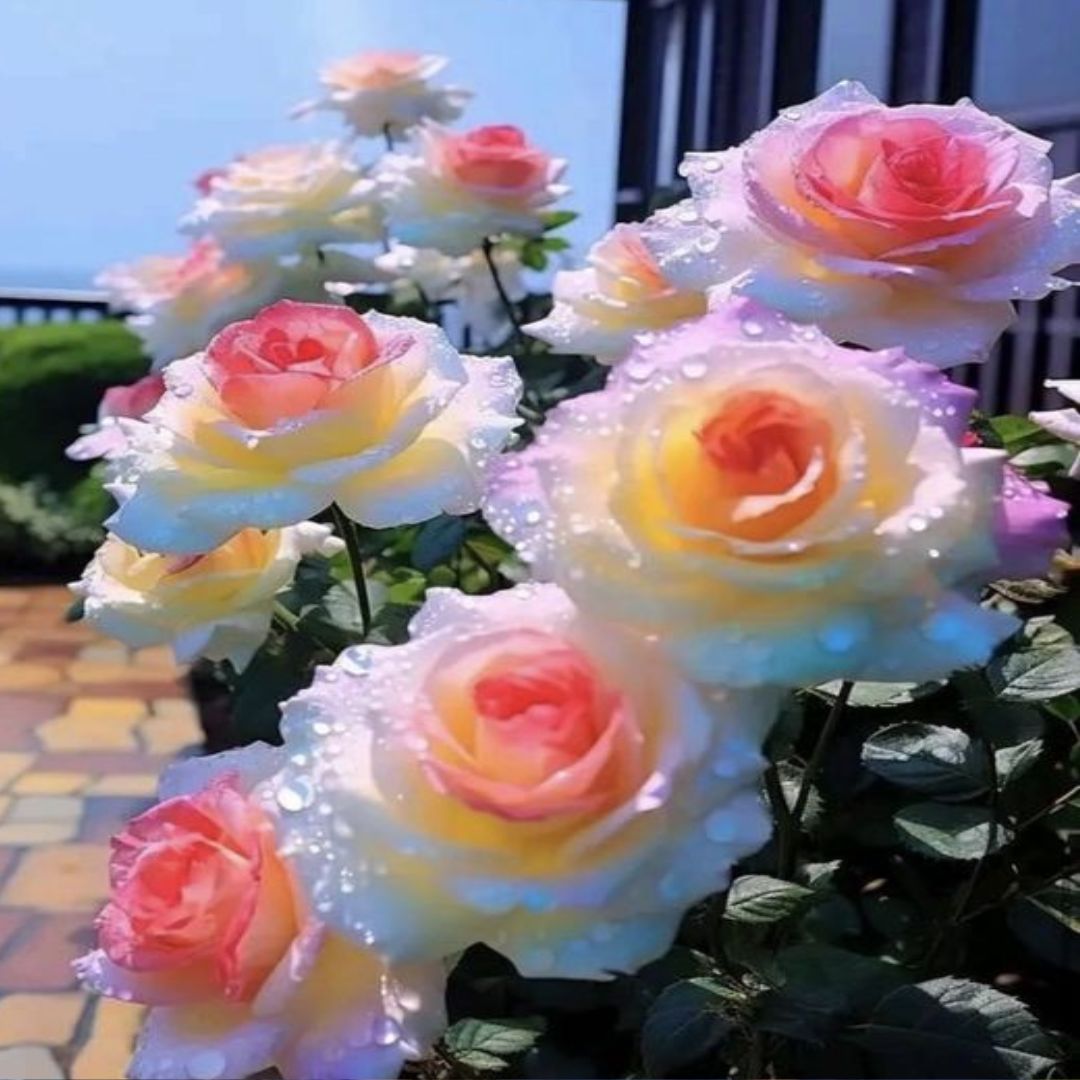Everything You Need to Know About Successfully Growing Calathea Medallion Plants at Home
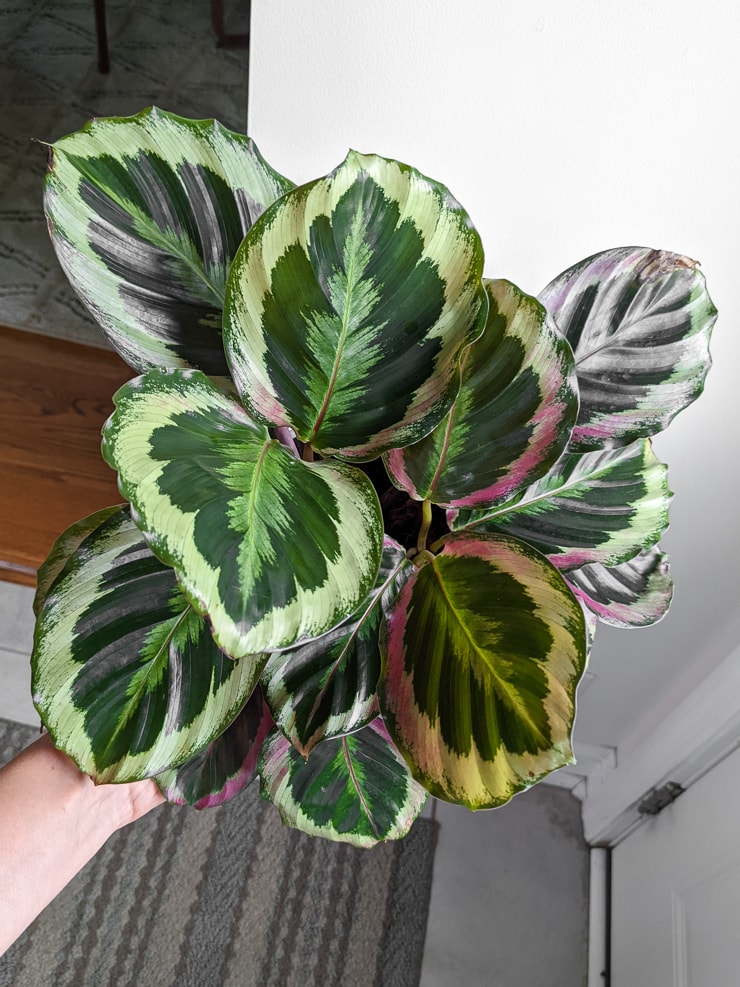
With colorful leaves that resemble a painting, the calathea medallion is a stunning plant. However, beauty has its price. Like other types of prayer-plants, the calathea medallion isn’t the easiest plant to care for. However, once you figure out how to make it happy, you’ll be rewarded with a showstopping display.
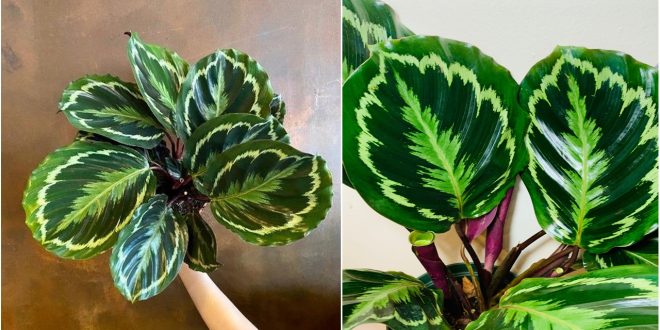
How to Grow Calathea Medallion – The EssentialsBotanical Name: Goeppertia veitchianaAlso Known As: Calathea veitchianaGrowing Difficulty: ModerateLightRequirements: Low to moderate levels of indirect light, low-light tolerantTemp & Humidity: Thrives in an air temperature between 65ºF and 85ºF and moderate to high humidityWatering Needs: Water when the top inch of soil is dry, about once a weekSoilPreferences: Well-draining with a pH between 5.5 and 6.5Fertilizing: Fertilize with a balanced houseplant fertilizer every other month in the spring and summerGrowth Expectations: Up to one foot tall and one foot wideToxicity: Non-toxic to humans and petsAbout Calathea Medallion
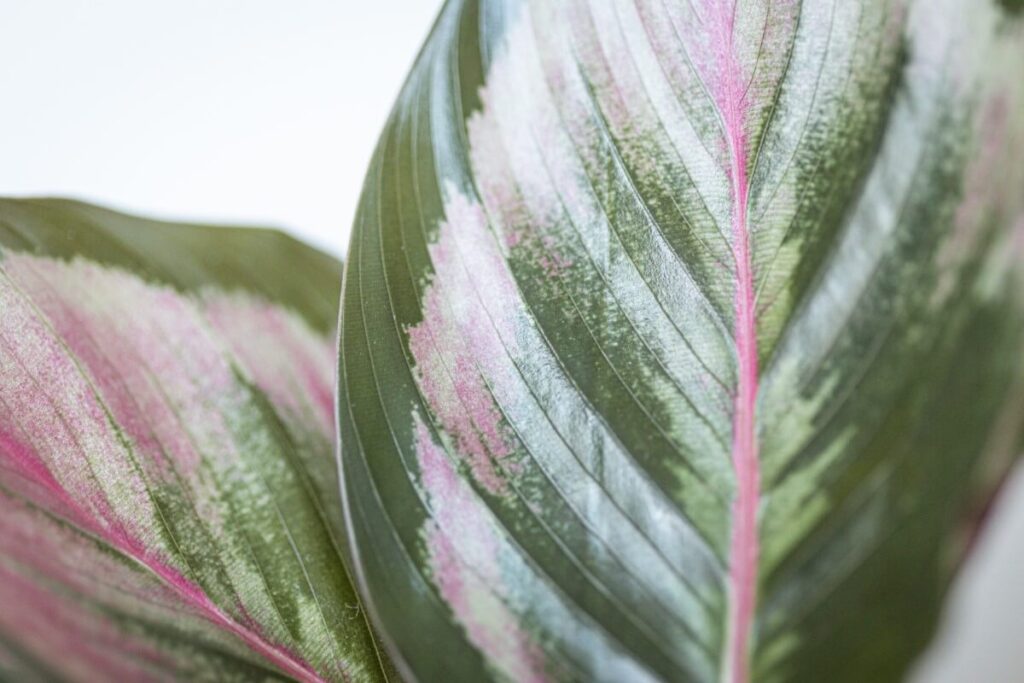
The calathea medallion is a member of the prayer plant family, Marantaceae. It shares this family with other popular houseplants such as the red-lined prayer plant (Maranta leuconeura) and calathea musaica (Goeppertia kegeljanii).
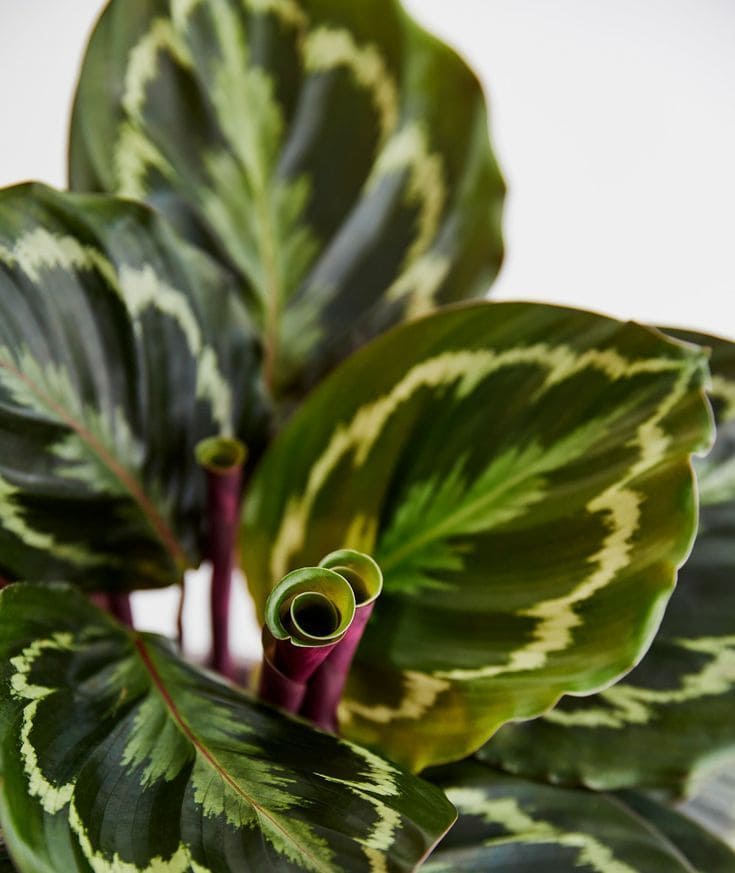
Until this century, the calathea medallion belonged to the Calathea genus. However, recent molecular research has placed these plants into the Goeppertia genus. The specific epithet remains veitchiana, so the species name is now Goeppertia veitchiana.
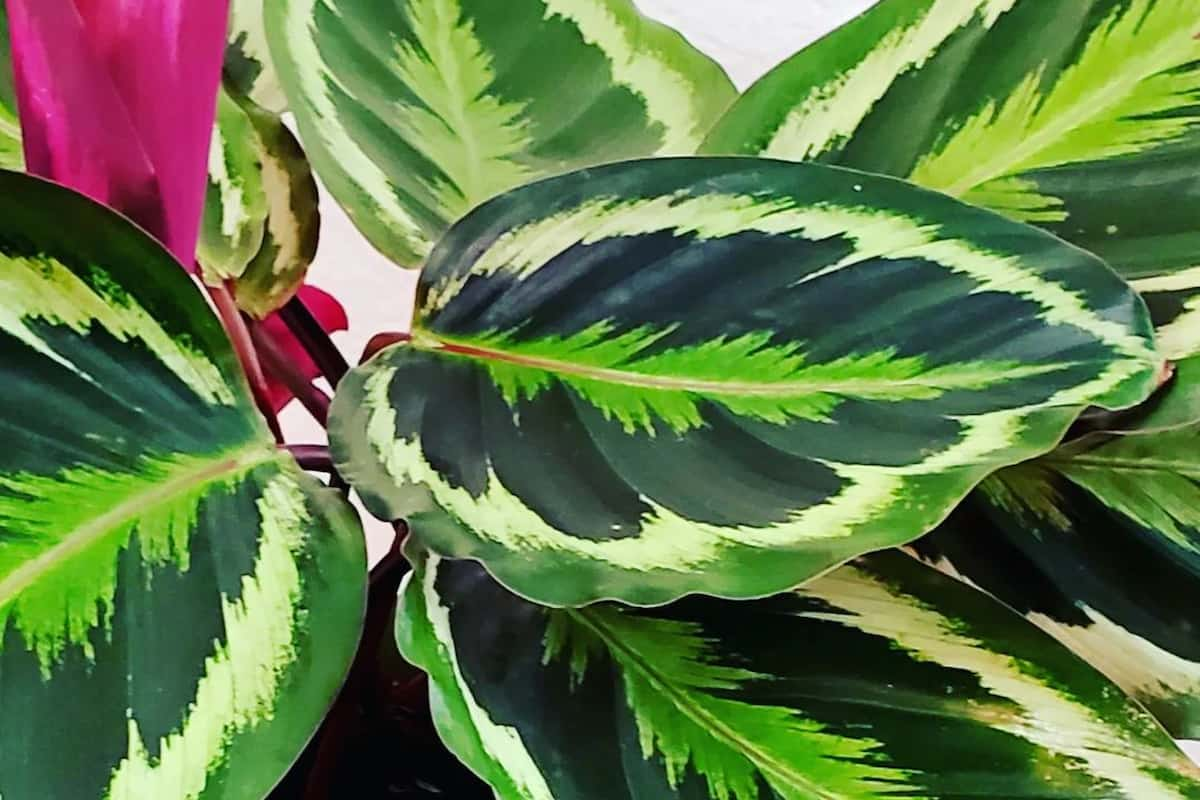
Like other members of the prayer plant family, the calathea medallion has colorful, patterned leaves. The tops of the leaves are dark green with lighter green patterns that resemble rough paint strokes. The bottoms of the leaves are dark reddish-purple.
Like other types of calathea plants, their leaves move according to the light. They lower their leaves during the day and raise them at night.
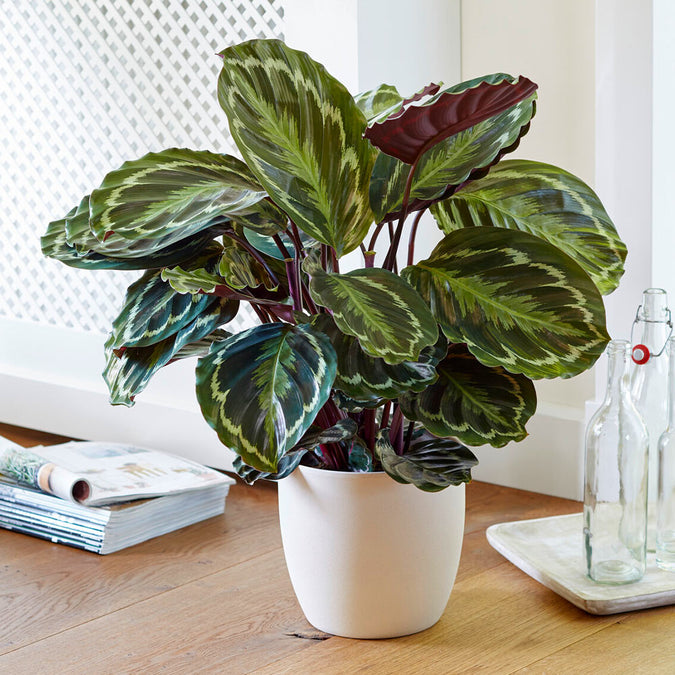
With the proper care, these plants can live for over twenty years.
How to Grow Calathea Medallion
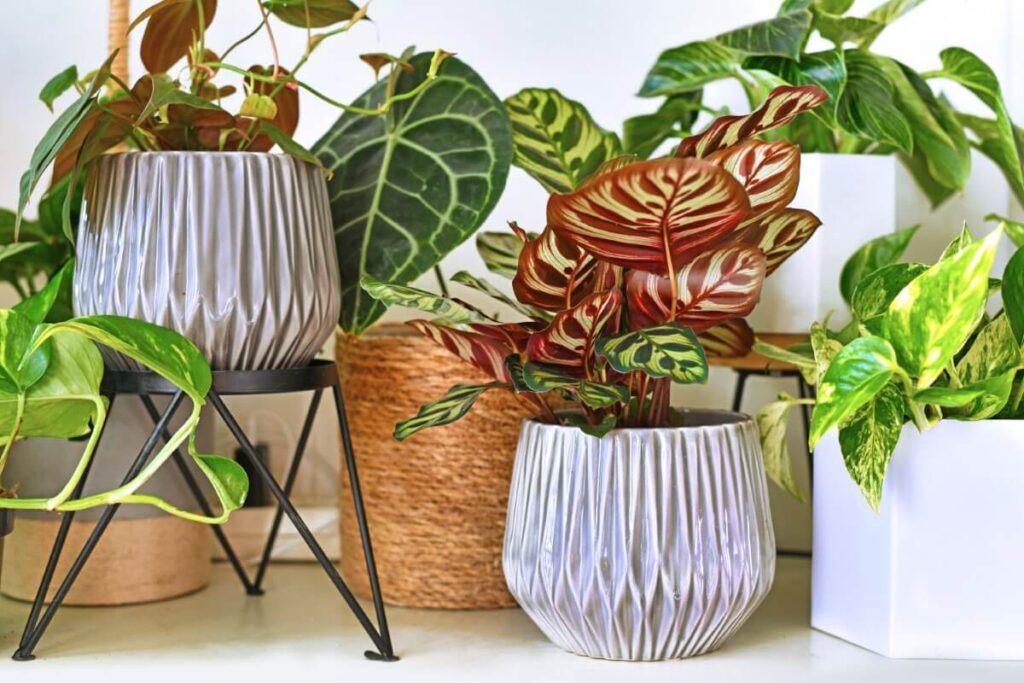
Growth Expectations
These plants typically max out at a foot tall, but they will constantly produce clusters of new leaves if they’re healthy. If given enough space, they can also grow over a foot wide.
What to Do Before Planting
Before you plant your calathea medallion, you’ll need to find a proper container. First, make sure the pot has drainage holes. All container material is fine, including plastic, terra cotta, and ceramic.
Since these plants won’t grow very big, you don’t want to choose a large pot. A six to ten-inch pot tall and wide is typically sufficient.
You’ll also need to ensure you have a good location for your plant. Since these plants dislike direct sun, you may need to place curtains or shades over bright windows.
The Best Soil Mix
Calathea medallion plants like a well-draining potting soil that also holds moisture. The soil should be able to stay moist but not remain wet.
The pH should be slightly acidic, between 5.5 and 6.5.
Pre-mixed potting soils can work well for calathea medallion plants. Some options to consider include the Espoma Organic Potting Soil Mix and Fox Farm Happy Frog Potting Mix.
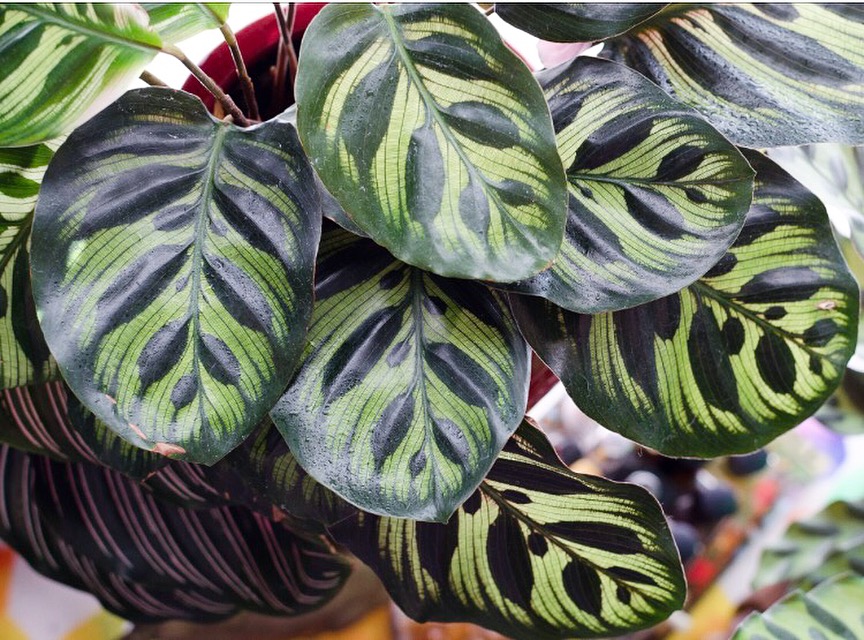
Combine the following materials if you’d like to make your own potting soil:
- three parts peat moss
- one part perlite
- one part pine bark fines
For more, see our in-depth guide to the best soil mix for calathea plants.
How to Plant
After obtaining a container, fill the bottom with a few inches of potting mix. Place your plant’s root ball in the container, then cover with more potting soil. The base of the plant’s stems could be at the soil level.
When you’re done planting, water well.
Light Preferences
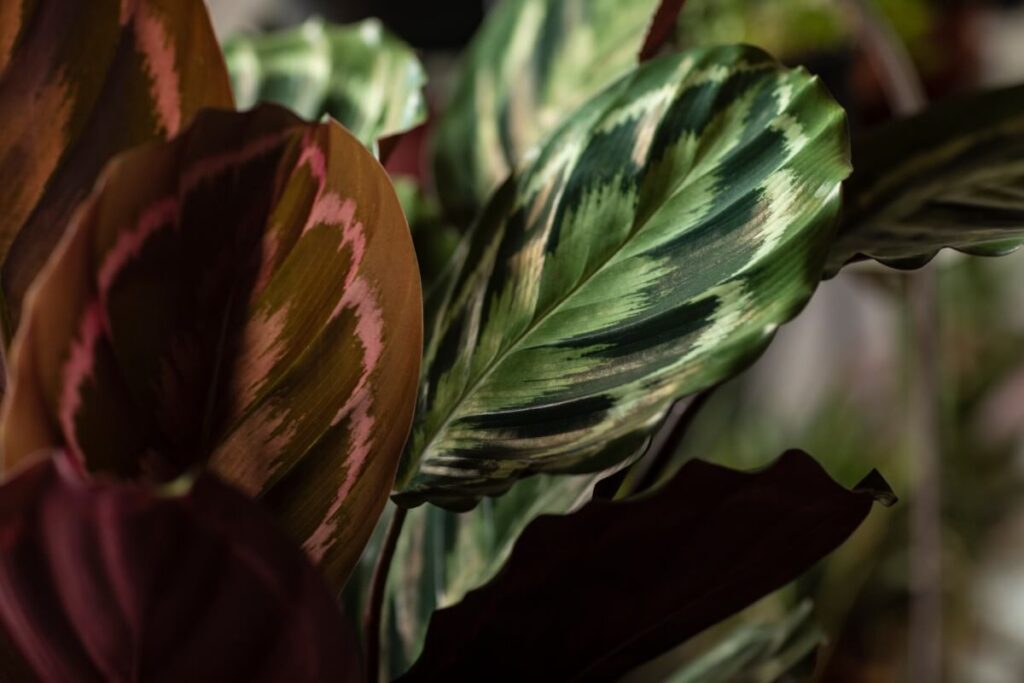
Calathea medallion plants like low to moderate light that resembles their native forest understory. Therefore, they’re great plants for dim areas.
Calathea plants don’t need bright light and cannot tolerate direct light. Harsh rays can scald the plant’s leaves.
Since these plants don’t need bright light, there are many different locations where they can thrive. The most important thing is to protect them from direct light.
Some locations that will work for these plants include near north-facing windows or the interiors of rooms. If you do want to place your plant near a bright south-facing window, hang curtains to diffuse the light.
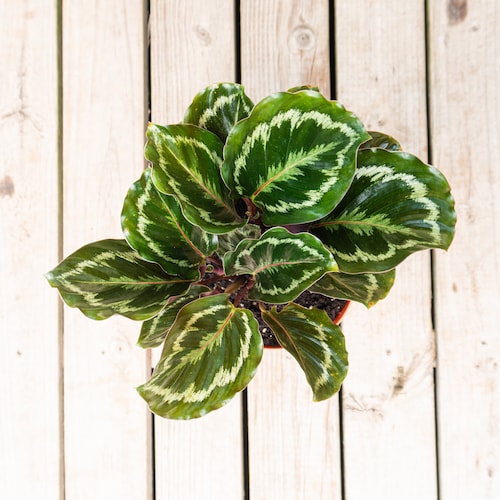
Temperature and Humidity Preferences
Calathea plants like warm temperatures between 65ºF and 85ºF. They can handle brief periods of lower temperatures, but the cold will slow their growth.
Along with keeping temperatures warm, you should also avoid placing your plant near hot and cold drafts.
As far as humidity goes, calathea medallion plants like moist air. They thrive in high humidity, between 60% and 90%. However, they can also do well in moderate humidity.
Since calathea medallion plants will suffer in dry air, you may need to implement ways to boost the humidity. A humidifier is the easiest way to do this.
If you don’t want to buy a humidifier, you can regularly mist the air with a spray bottle. Alternatively, you can place a tray filled with pebbles and water underneath your plant’s pot. However, these methods may not increase the humidity as much as necessary.
How to Care for Calathea Medallion at Home
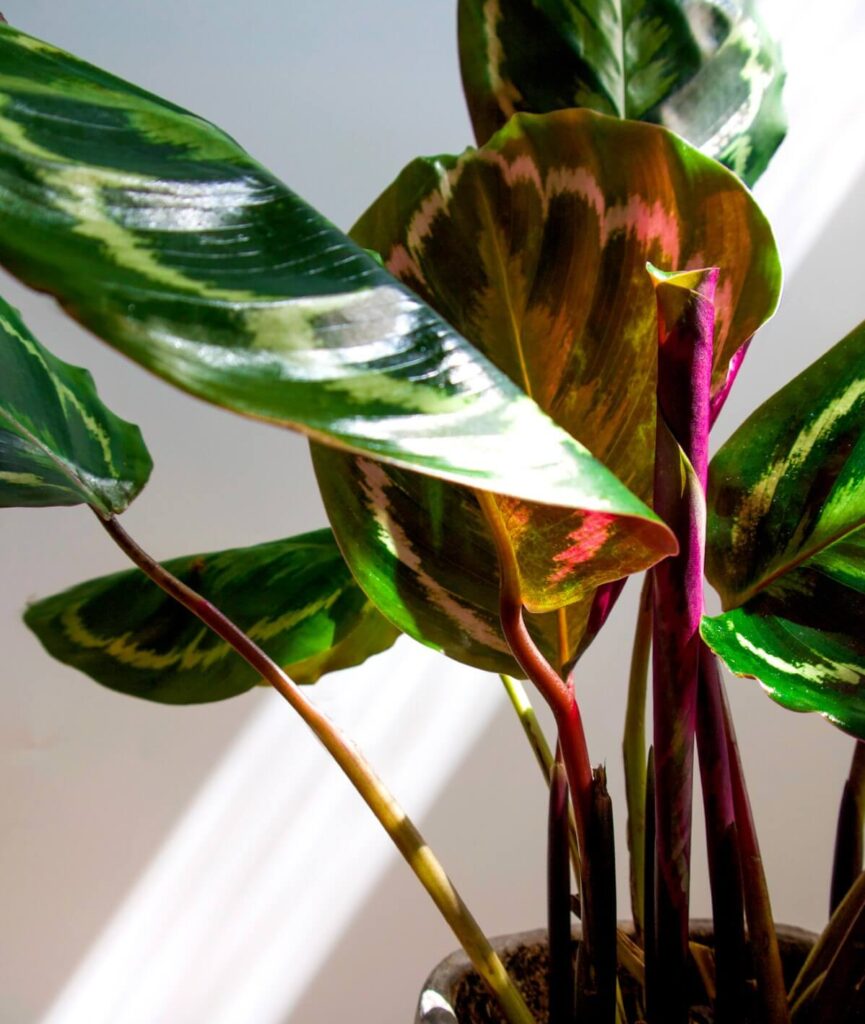
Watering
Calathea plants like their soil constantly moist, but not wet. They will suffer if their soil dries out.
To keep the soil moist, you should water when the top inch of soil is dry. You can use your finger to test the soil’s moisture.
When you water, thoroughly soak the soil until it runs out of the drainage holes. Make sure to
dump any water that collects in a catch tray.
The frequency you’ll need to water depends on a variety of factors. However, you can expect to water your plant once every week or so.
In general, you’ll need to water more often in the summer than you will in the winter. However, dry winter air may require you to water your plant every week.
The temperature and light conditions will also impact how often you should water. High temperatures and more light will require you to water more frequently.
Since calathea medallion plants can be sensitive to minerals in the water, you should use filtered water or rainwater for best results.
Fertilizing
Regularly fertilizing your calathea medallion plant will provide it with the nutrients it needs to thrive. While these plants aren’t heavy feeders, they will suffer if they go long periods with fertilizer or other forms of nutrients.
Aim to fertilize your plant once every other month in the spring and summer. You will not need to fertilize during the fall and winter.
A balanced houseplant fertilizer is the best choice. Miracle-Gro Indoor Plant Food is one good option. If you’re looking for an organic fertilizer, check out Espoma Organic Indoor Houseplant Food.
No matter which fertilizer you choose, make sure to dilute the product following package instructions.
For more, see our in-depth guide to fertilizing calathea plants.
Pruning
Calathea medallions don’t require much pruning. With that said, it’s beneficial to remove diseased or discolored leaves.
When you remove a leaf, cut it close to the soil base using a sharp and sanitized knife or pair of pruning shears.
For more, see our in-depth guide to propagating calathea plants.
Propagating
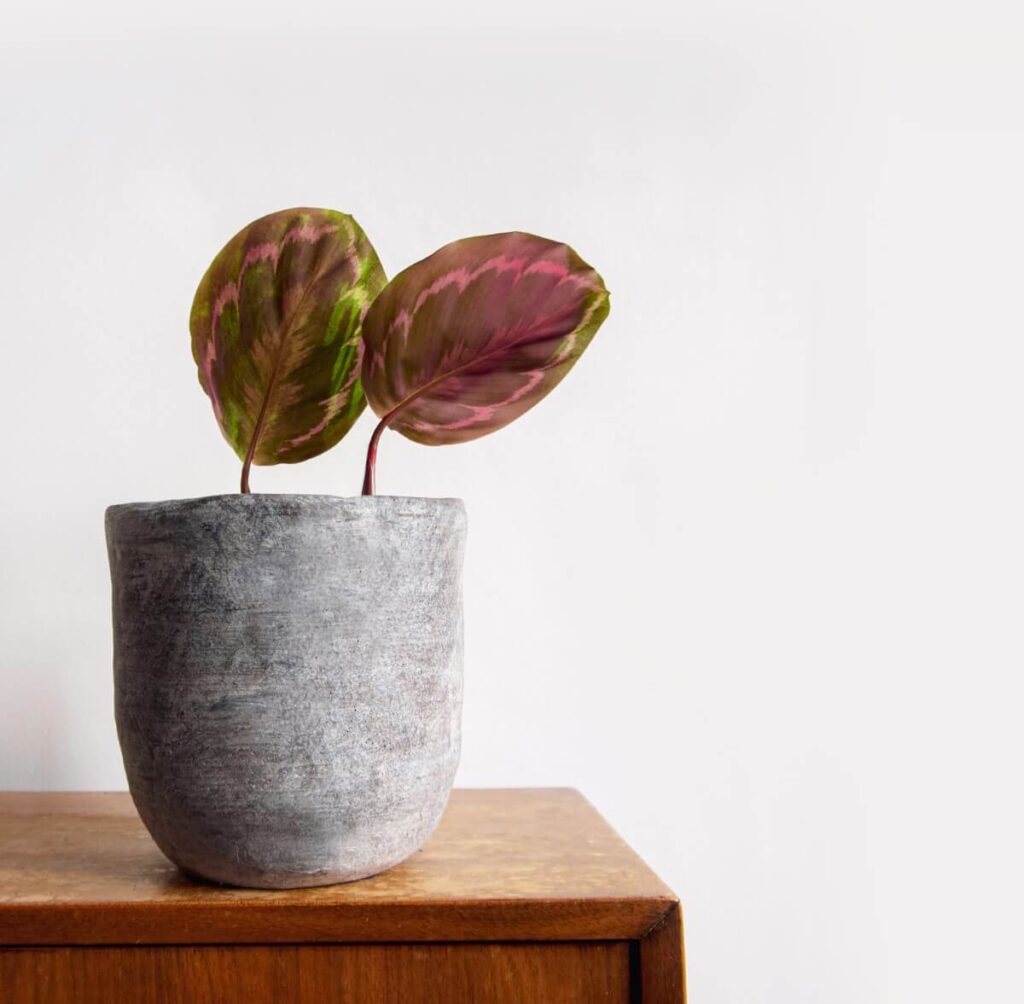
The best and easiest way to propagate a calathea medallion is by division. By separating the clumps of stems and leaves, you can form new plants. However, this method is best for mature plants.
To propagate your plant using division, follow these steps:
- Remove your plant from it’s pot and dust off excess soil.
- Gently separate the clumps of roots using your hands. If necessary, you can use a knife or pair of shears to cut the roots.
- Place each division into a new pot filled with potting soil.
- Water well.
For more, see our in-depth guide to propagating calathea plants.
Repotting
You will only need to repot your calathea medallion when it becomes rootbound. Generally, you can expect to repot your plant every two to three years.
Before you repot:
- Choose a container that is only an inch or two larger than the current pot.
- Lift the root ball out of the old container, disturbing the roots as little as possible.
- Place the plant into the new pot and fill the extra space with potting soil.
Water your plant well and keep a close eye on it for the next few weeks.
For more, see our in-depth guide to repotting calathea plants.
Common Calathea Medallion Problems
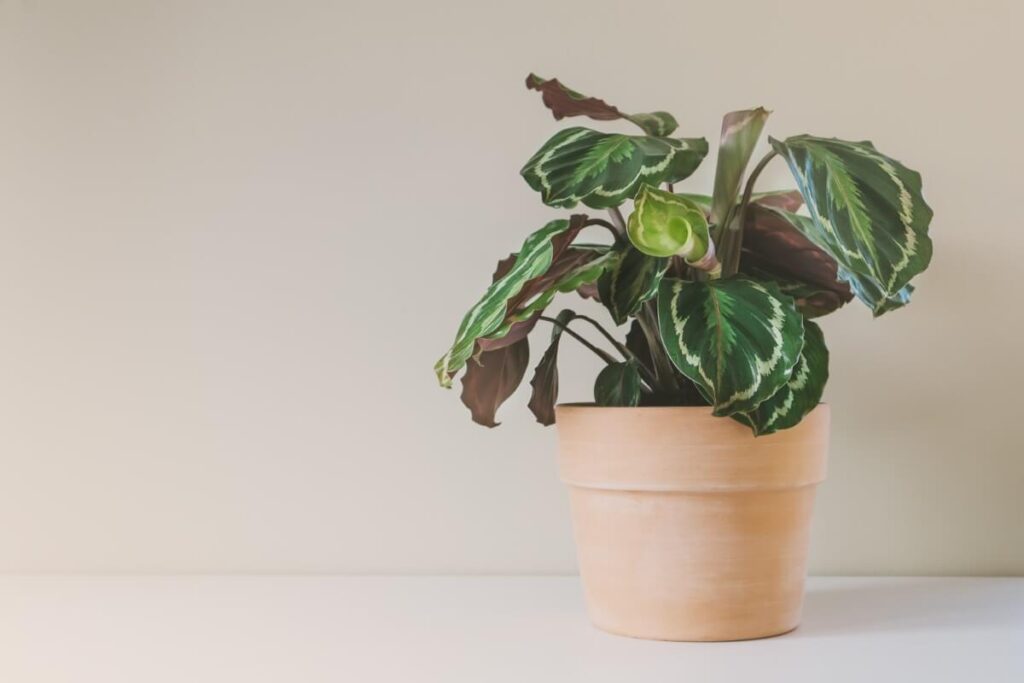
Calathea medallion plants can develop numerous issues if grown in an improper environment. Here are some of the most common problems you should watch out for.
Brown Leaf Edges
If you notice your calathea plant is developing dry, brown edges, it’s a sign that something is wrong.
One of the most common signs of these is improper watering. Since these plants like their soil moist, take care to water when the top of the soil is dry.
Another possible cause is low humidity. If the air is very dry, utilize a humidifier to add moisture to the air.
The wrong type of water can also cause brown leaf edges. Some tap water can create a buildup of minerals or chemicals. Therefore, try using distilled water or rainwater.
One more cause of crispy leaf edges is overfertilization. This can lead to a buildup of salts and other minerals, causing the brown edges.
Curling Leaves
Although new leaves will emerge curled, older leaves should not curl inwards.
Underwatering is the most likely cause of curling leaves. Remember to thoroughly water when the top inch of soil is dry.
Drooping Leaves
Before you assume drooping leaves on a calathea plant indicate a problem, remember that these plants lower their leaves at night. With this said, constantly wilting leaves indicate a problem.
Both underwatering and overwatering can lead to drooping leaves. If you underwater, your plants will not have access to enough water. If you overwater, your plants may develop root rot and be unable to take up water properly.
Low temperatures can also cause plants to develop drooping leaves.
Yellow Leaves
If you notice some of your plant’s leaves are turning yellow, you’ll want to check the environment.
One of the most common causes of yellowing leaves is overwatering. While these plants like their soil moist, they don’t like wet soil. Remember, you should only water when the top inch of soil is dry.
Even if you water following a proper schedule, poorly-draining soil may stay wet. Make sure to use a soil that allows excess water to drain.
Spider Mites
Spider mites are pesky little pests that can quickly get out of hand. Although they are mites, they form webs on the underside of plant leaves.
Since the pests are so small, you may notice the damage they cause before noticing the pests themselves. They use their sucking mouthparts to remove plant sap and cause small, yellow dots.
You can wipe off spider mites using a soapy rag or spray them with insecticidal soap or horticultural oil.
A humidifier will make the job of caring for your calathea medallion much easier. It’s not essential, but it is recommended.
Beyond this, you won’t need any special tools.
Growing Calathea Medallion FAQs
Is calathea medallion a good indoor plant?
Yes, the calathea medallion can thrive indoors as long you provide the proper environment. Make sure to keep the humidity high and avoid exposure to direct light.
How big does a calathea medallion plant get?
These plants max out at about a foot tall and a foot wide.
How fast do calathea medallion plants grow?
These plants are relatively slow-growing. Under the right conditions, they will produce multiple new leaves each year.
Is calathea medallion a rare plant?
No, these plants are not particularly rare. You may not be able to find them at every garden center, but they are readily available online.
Is calathea medallion poisonous to dogs and other pets?
No, these plants are non-toxic to dogs, cats, and other pets.
Can a Calathea Medallion tolerate low light?
Yes! These plants can thrive in low light, making them a great houseplant for dim homes and offices.
Wrapping Up
While the calathea medallion isn’t the easiest plant to care for, its beauty makes the trouble worth it. Remember to keep the humidity high, use well-draining potting soil, and avoid direct sun.
